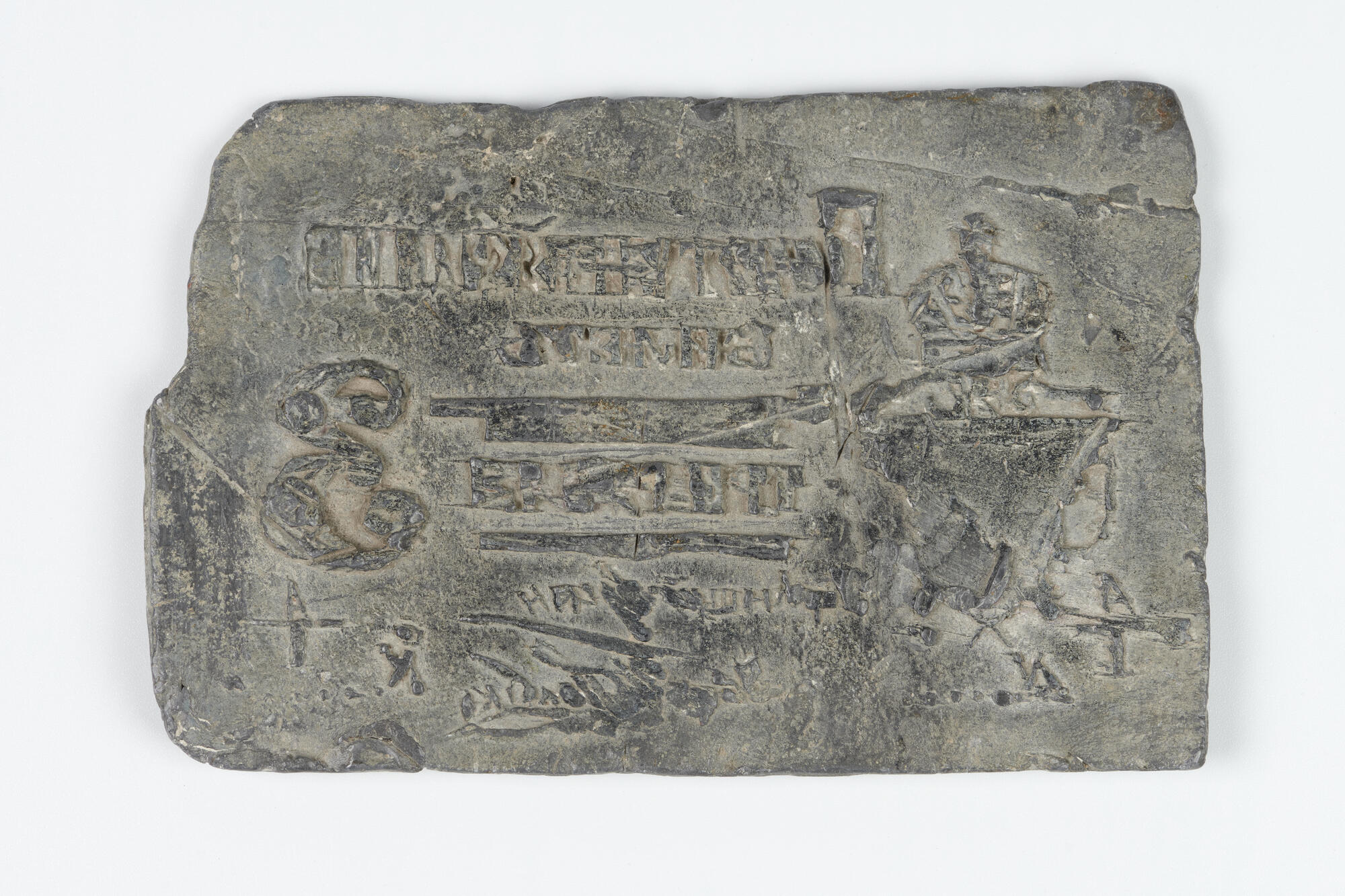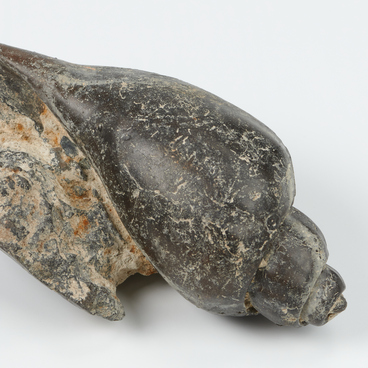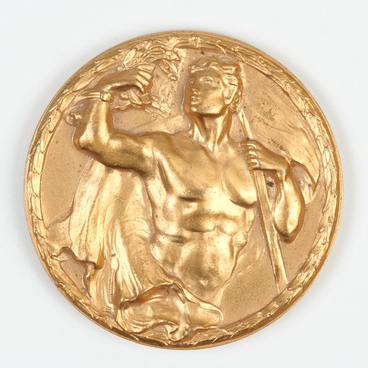The cliche of a counterfeiter for printing paper money was donated to the museum by the antiquarian Vladimir Shtrikker in 1994. He discovered the plate when he was plowing on his land in the Abatsky district. The Moscow-Siberian Route (known as trakt) went through the Abatsky district — an ancient land route from European Russia through Siberia to the borders of China and back. In historiography, the eastern part of the highroad — from Siberia to Kalgan — was called the ‘Tea Road’. This road was used to transport the tea by caravans from China to Russia.
Coin counterfeiting appeared simultaneously with the first metal money. The oldest discovered counterfeit money is a copy of a silver coin of the 6th century BC from the Greek island of Aegina. It is a very high-quality false coin made of copper with a silver coating. In the Ancient Greece era, there was an unprecedented rise of coin forgery. The ancient Greek politician Solon imposed the death penalty for counterfeiting to stop the spread of false money.
The primary method for coin counterfeiting was to make them cheaper alloys or smaller in size when money was made from precious metals: gold and silver. For example, in pre-Petrine Russia, a silver kopeck had an irregular shape, close to an oval. This was due to the way such coins were minted. Since the damage on the irregularly shaped coin is not too noticeable, the false coiners cut off a piece of silver from the coin edge. Additional coins were stamped from the scraps, increasing the total amount in such a way.
There were cases of counterfeit money at the state level in history. In this way, governments tried to wreck the economy of a hostile country. The first mention of such fakes was found in the 18th century: the French emperor Napoleon Bonaparte supplied false Russian money to Russia during the Patriotic War of 1812.
The term ‘cliche’ itself was borrowed from the French language: ‘cliché’ is translated into Russian as the ‘stamp’. The displayed cliche, like the original one, is made in a mirror variation. It is made on a lead plate for printing three-ruble paper money. One could buy new boots or 30 kg of meat for this amount at the turn of the 19th–20th century.
Coin counterfeiting appeared simultaneously with the first metal money. The oldest discovered counterfeit money is a copy of a silver coin of the 6th century BC from the Greek island of Aegina. It is a very high-quality false coin made of copper with a silver coating. In the Ancient Greece era, there was an unprecedented rise of coin forgery. The ancient Greek politician Solon imposed the death penalty for counterfeiting to stop the spread of false money.
The primary method for coin counterfeiting was to make them cheaper alloys or smaller in size when money was made from precious metals: gold and silver. For example, in pre-Petrine Russia, a silver kopeck had an irregular shape, close to an oval. This was due to the way such coins were minted. Since the damage on the irregularly shaped coin is not too noticeable, the false coiners cut off a piece of silver from the coin edge. Additional coins were stamped from the scraps, increasing the total amount in such a way.
There were cases of counterfeit money at the state level in history. In this way, governments tried to wreck the economy of a hostile country. The first mention of such fakes was found in the 18th century: the French emperor Napoleon Bonaparte supplied false Russian money to Russia during the Patriotic War of 1812.
The term ‘cliche’ itself was borrowed from the French language: ‘cliché’ is translated into Russian as the ‘stamp’. The displayed cliche, like the original one, is made in a mirror variation. It is made on a lead plate for printing three-ruble paper money. One could buy new boots or 30 kg of meat for this amount at the turn of the 19th–20th century.



